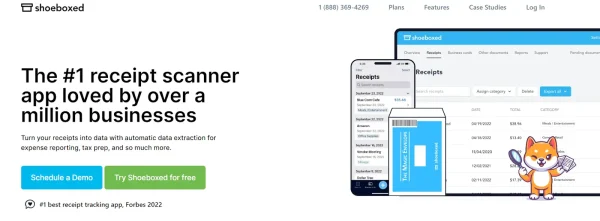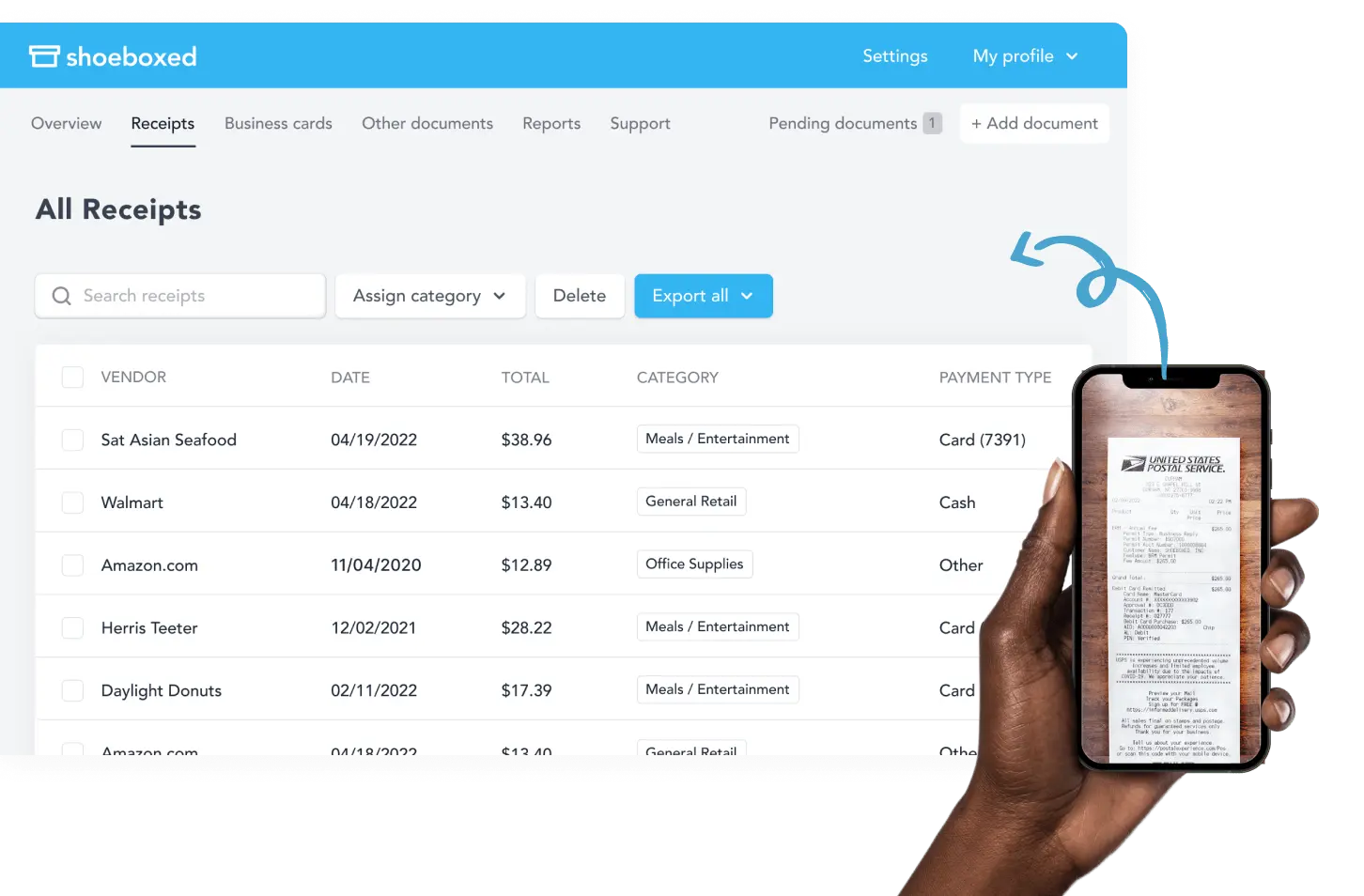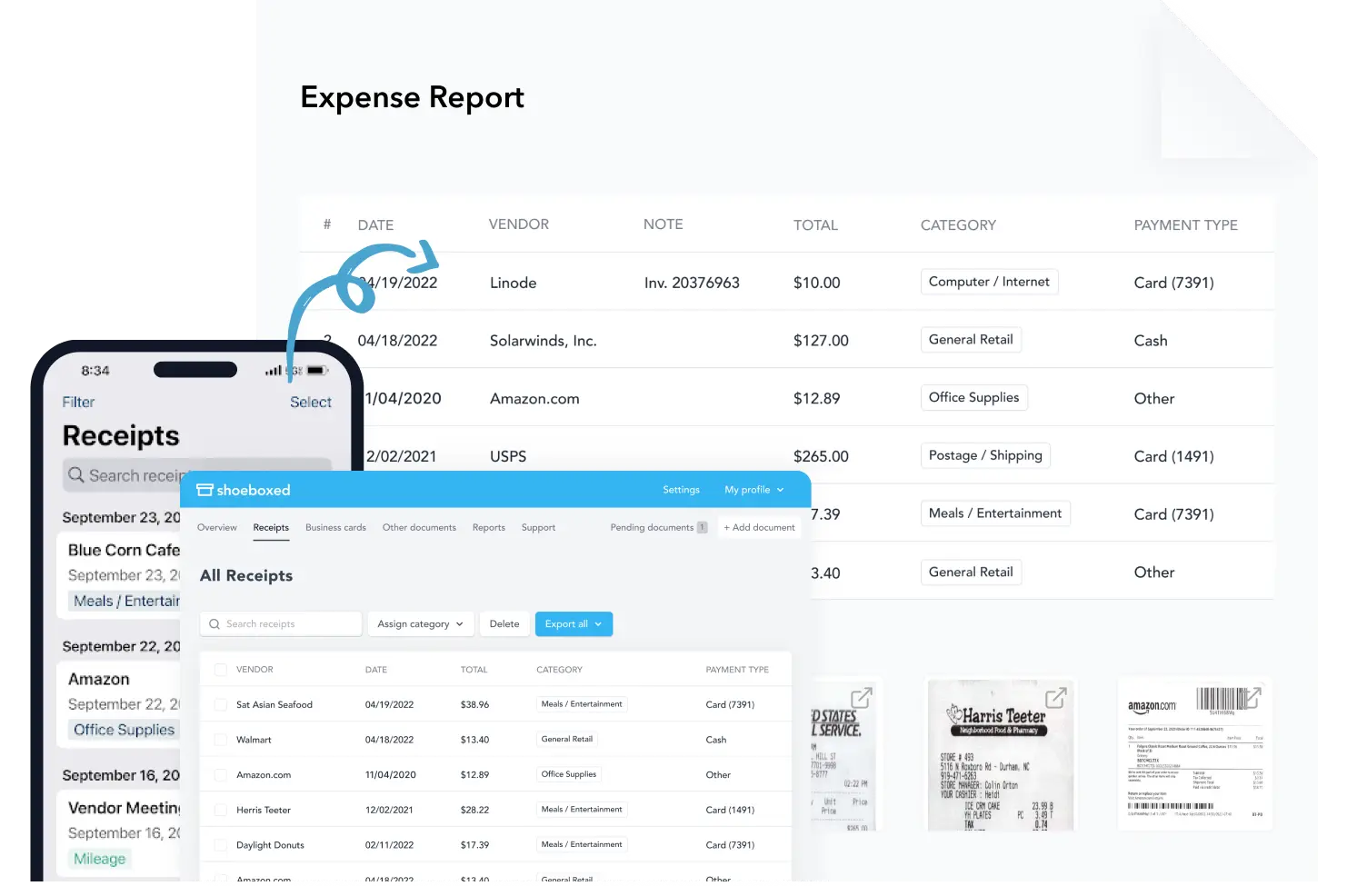A sound bookkeeping system is critical to a nonprofit’s financial success. Under Generally Accepted Accounting Principles, nonprofit bookkeeping is a unique way of planning, recording, and reporting an organization's finances. Unlike for-profits, the purpose of bookkeeping for nonprofits is to show how an organization spends its money.
Learning how to handle nonprofit and accounting responsibilities and the required statements is essential for anyone who wants to run a nonprofit. Most nonprofits have tax-exempt status with the IRS, so they must follow specific rules to maintain that nonprofit status.
What is nonprofit accounting?
Most companies make money by selling a product or service. Nonprofits get their money from donors and contributors supporting a social cause, so they focus more on accountability in the accounting process.
According to IRS data, in 2022, there were approximately 1.5 million 501(c)(3) nonprofits. These nonprofits follow specific rules and procedures to be accountable to contributors and donors who want their money to go to specific programs and projects.

What accounting method do nonprofits use?
Since donors can restrict how funds are spent, nonprofits use a different method of bookkeeping that fits their business model.
Fund accounting principles
Fund accounting allows nonprofits to bucket money into different categories to keep them organized and ensure the funds go to the designated requests.
Fund accounting categories
Funds are usually broken down into the following categories:
Restricted funds: Restricted funds are spent on specific projects.
Temporarily restricted funds: Temporarily restricted funds are spent on specific projects during a certain period.
Unrestricted funds: Unrestricted funds are spent in areas of greatest need. There are no restrictions on what funds can be paid.
These financial responsibilities are one way to keep nonprofits on track with their finances.
Non-distribution constraint
Nonprofit bookkeeping also helps nonprofit organizations be accountable through non-distribution constraints. Unlike for-profits, nonprofits can’t distribute net earnings to nonprofit leaders like board members and executives.

What are some bookkeeping tips and best practices for nonprofit accounting?
In our experience, these tasks should be included in your nonprofit bookkeeping to set up a sound accounting system.
1. How will transactions be recorded
Whatever nonprofit-friendly bookkeeping solution you choose to record transactions, you’ll need to ensure it’s an efficient way to record and organize receipts, disbursements, and petty cash.
Here are some options to record your organization’s quarterly financial statements and transactions:
Recording the financial data in a ledger
Entering the data into a nonprofit-friendly accounting software
Adding data to an Excel spreadsheet
Using nonprofit accounting professionals like nonprofit bookkeeping services, software, or certified public accountants
2. Fund accounting principles
Fund accounting is unique to nonprofits. Fund accounting buckets money into different “buckets” or categories instead of putting all the funds into one cash account. Nonprofits have specific rules on how funds are spent.
3. Open separate bank accounts
Never use your personal bank account for nonprofit funds. Ensure you have a separate bank account for your nonprofit organization’s financial transactions.
4. Reconcile your bank accounts
Once you have your designated bank account for your nonprofit, you’ll need to ensure the financial data on your bank statement matches the data in your nonprofit bookkeeping system. To do that, you’ll compare each transaction on your bank statement with the corresponding transaction in your nonprofit accounting books to ensure they match.
Monthly bank reconciliations will help you track cash flows, prevent fraud, detect human and bank errors, and ensure that your accounts receivable and books are up to date and have accurate transactions and records.
5. Use purchase orders
Since nonprofits have specific rules and guidelines on how their funds are spent, it’s important to have a system to ensure the financial process is done correctly. Purchase orders are a way to record the agreement between the nonprofit’s finances and all vendors.
6. Record in-kind contributions
How do you record volunteer hours in nonprofit bookkeeping? You would have a separate income account for in-kind donations and then enter the donation based on the fair market value of the donation or comparable services or goods.
7. Set a budget
A nonprofit must operate on an annual budget that includes all income sources and expenses.
The budget is created by determining what your nonprofit wants, calculating the annual operating budget and how much is needed to achieve those goals, determining your income sources, and adjusting the budget to match reality. This allows you to track your income and expenses to your budget goals.
8. Create and review financial statements
Financial statements are created to keep accurate financial records so the nonprofit and its donors know how much money the organization has, where it is, and how it got there. There are three main types of nonprofit accounting financial statements: statements of financial position, statements of activities, and statements of cash flow.
a. Statement of financial position
The statement of financial position is like a balance sheet. It’s a snapshot of the organization’s financial health at a particular time. It shows what you owe, what you own, and the balance between the two.
The statement of financial position has net assets instead of equity. Net assets are the subtraction of liabilities from assets. They can be divided into restricted and unrestricted net assets.
b. Statement of activities
The statement of activities is like an income statement. It shows how profitable the organization was during a particular period. It’s a financial statement that shows revenue minus losses and expenses.
A nonprofit’s revenue usually includes program fees, membership dues, donations, sales income, proceeds from fundraising events, and investment income. Expenses for nonprofit professionals typically include travel, postage, salaries, rent, fundraising expenses, and financial services.
The statement of activities shows the change in net assets instead of net income, divided into restricted net assets and unrestricted net assets.
c. Statement of cash flow
The statement of cash flow tracks the organization’s various cash flows. It lists the cash from financing, investing, and operations.

How can nonprofits simplify their bookkeeping?
Nonprofits can simplify their bookkeeping by using an app or outsourcing their receipt and document management.
Shoeboxed

Shoeboxed is a must-have for nonprofits.
Shoeboxed can help in many ways.
Digitizes receipts and documents

Nonprofits handle many receipts and documents related to donations, grants, and expenses.
Digitizing these items reduces clutter and manual entry and makes the documents much more accessible.
Mobile app

To digitize documents, use your smartphone’s camera to scan and upload receipts and documents to your Shoeboxed account.
Magic Envelope service

Or, if you want to outsource receipt and document management, Shoeboxed provides a free postage-paid Magic Envelope that you can fill with receipts and mail to their processing center to scan, human-verify, and upload into your account.
Shoeboxed is the only receipt scanner app that will handle both your paper receipts and your digital receipts—saving customers up to 9.2 hours per week from manual data entry!
Attention Bookkeepers✨
Attention bookkeepers: Take control of your bookkeeping business with Shoeboxed’s incredible receipt scanning service! Lighten your load while earning a 20% commission for every signup.
Get Started TodayOrganizes and categorizes

Once documents are uploaded, Shoeboxed categorizes and organizes scanned items into tax or custom categories such as donations, office supplies, or event expenses. This auto-categorization saves nonprofits time and reduces errors.
Turn receipts into data with Shoeboxed ✨
Try a systematic approach to receipt categories for tax time. Try free for 30 days!
Get Started TodayCreates expense reports

Shoeboxed generates detailed expense reports that show where the funds are being allocated.
Integrates with accounting software

Shoeboxed integrates with 12+ apps, including QuickBooks, Xero, and Wave Accounting, to automate the tedious tasks of nonprofit bookkeeping.
Shoeboxed automatically syncs digitized receipts and expense reports with your accounting software, simplifying income tax preparation by organizing and making all your documents easily accessible.
Shoeboxed demo
What are the tax requirements for nonprofits?
The last step in nonprofit bookkeeping is meeting your tax obligations. Most nonprofits can apply to the IRS for tax-exempt status, which means they are exempt from federal taxes under Section 501.
Even if a nonprofit is tax-exempt, it doesn’t mean that no taxes are owed. There are still obligations to employment taxes and possibly other taxes such as real estate and sales taxes.
Form 990
Most nonprofits are still required to file Form 990, which shows expenses, revenue, and changes to net assets. However, some organizations, such as foreign, political, and religious organizations, are exempt from filing Form 990.
Nonprofits must stay on top of their tax obligations because nonprofits are audited just like for-profits.
How is nonprofit accounting different from for-profit business accounting?
We’ve found six ways that the accounting process of nonprofits differ from for-profit businesses.
1. Nonprofits must be more financially accountable. Those who fund grants and donate want to know their money is spent on the agreed-upon projects and programs. Contributors can restrict how their money is spent.
2. Because nonprofits operate from different angles, their financial statements differ between nonprofit bookkeeping and for-profit accounting. A nonprofit’s basic bookkeeping and financial statements are the statement of financial position, statement of activities, and statement of cash flow. For-profit financial statements are the balance sheet, income statement, and cash flow statement.
3. Nonprofits don’t have owners. Unlike nonprofits, for-profits have owners. So, the nonprofit’s statement of financial position has net assets, and the balance sheet has equity. Net assets include unrestricted and restricted net assets, and there are no restrictions on for-profit funds.
4. Another big difference is between the statement of activities and the income statement. The statement of activities calculates changes in net assets, and the income statement calculates net profit.
5. Cash flow statements are similar but differ in some ways. For-profit cash flow statements include investment income, service fees, and sales. In contrast, nonprofit cash flow statements will list items such as fundraising proceeds, program fees, membership dues, and donor contributions.
6. Finally, nonprofits and for-profits will have different tax statuses. If the IRS approves, nonprofits will be tax-exempt, while for-profits will be subject to income taxes.
Frequently asked questions
What are nonprofit bookkeepers responsible for?
Nonprofit accounting professionals organize and keep financial records to track expenses and donations while following the Generally Accepted Accounting Principles established by the Financial Accounting Standards Board. They also implement an accurate bookkeeping system that shows the nonprofit organization’s financial transparency.
What to look for in nonprofit accounting software?
Look for software that helps you track donations, automate recurring tithes, manage grants, manage donors, and generate financial statements automatically. Accounting software makes nonprofit accounting a whole lot simpler and usually results in more accurate nonprofit bookkeeping.
In conclusion
Nonprofits are essential to our communities because they support social causes that benefit society. Like for-profits, nonprofits need a sound and accurate bookkeeping system to bring value to our communities.
While they are similar, they are different. One of the most significant differences is how they approach bookkeeping. Nonprofits are more focused on accountability.
Caryl Ramsey has years of experience assisting in bookkeeping, taxes, and customer service. She uses various accounting software to set up client information, reconcile accounts, code expenses, run and prepare financial statements and reports, and prepare tax returns. She is also experienced in setting up corporations with the State Corporation Commission and the IRS.
About Shoeboxed!
Shoeboxed is a receipt scanning service with receipt management software that supports multiple receipt capture methods: send, scan, upload, forward, and more!
You can stuff your receipts into one of our Magic Envelopes (prepaid postage within the US). Use our receipt tracker + receipt scanner app (iPhone, iPad, and Android) to snap a picture while on the go—auto-import receipts from Gmail. Or forward a receipt to your designated Shoeboxed email address.
Turn your receipts into data and deductibles with our expense reports, including IRS-accepted receipt images.
Join over 1 million businesses scanning & organizing receipts, creating expense reports, and more—with Shoeboxed.
Try Shoeboxed today!



